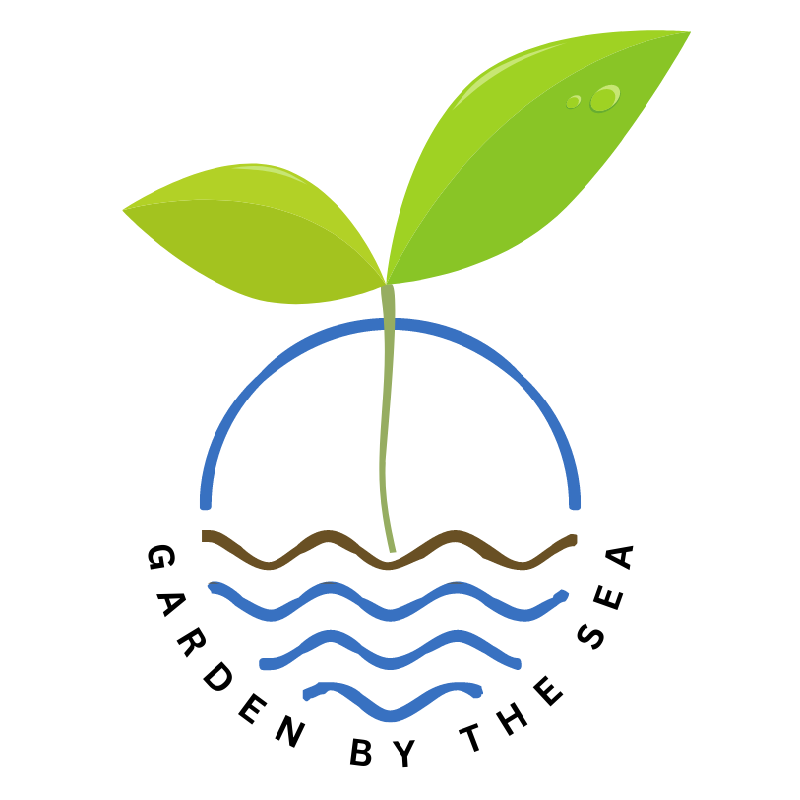How to Maintain Healthy Houseplants
There is a trend now to have thriving houseplants. In all garden ventures the success of the plants will depend on the location, the right plant for the right place. The same holds for plants placed in the home, office, or any indoor area.
Houseplants contribute to the serenity of the home, add charm and a decorative purpose, as well as contribute to maintaining good air quality. In 1989, a study was conducted by NASA which showed that houseplants clean indoor air by removing airborne chemicals and sequestering them in the soil.
There are a variety of houseplants, which when placed in their appropriate location will thrive. The needs are appropriate light, water, soil, and a location in the home.
The soil for houseplants needs to have proper nutrients and airflow, which will allow air and water to flow through the plant. It can be a commercial store-bought potting mix, preferably for houseplants. Potting soil with fertilizer is best. Don’t use outdoor garden soil. If you choose to make your own, follow any of the recommended soil combinations.
A successful houseplant can be propagated in order to multiply, and divide and share with friends, or increase in the home.
Everyone can enjoy and have healthy houseplants, especially choosing those which will adapt to the environment.
Caring for your plants will require attention to watering. The biggest mistake made with caring for houseplants is overwatering. Maintain the plant moist, not soaked. Water the plant when dry. You can place the pot in a plastic bowl, fill it with water and let the water go through a few times. Let the plant stand in water for about 30 minutes, then remove from the bowl when all the soil is moistened.
The best plants for your home will:
- Put up with a little neglect (such as forgetting to water it)
- Not mind dry air
- Tolerate low light or shade
- Require little primping, pinching or pruning
- Are resistant to insects or disease
- Most houseplants require little sunlight, too much sun may burn or dry the plant if placed directly in front of sun.
- The plant will come with a label stating its light and water needs and is a good guide for care.
Good Indoor Plants:
Of all the flowering house plants, Peace Lily, does a great job of tolerating average indoor temperatures.
It is one of the best plants for improving air quality indoors.
Blooms usually appear in early summer and last for weeks.
This plant likes average room temperatures (65-75°F/18-24°C) year-round. Protect your plant from cold drafts near entryways, as well as AC vents.
Use a peat moss-based potting mix and feed monthly in spring and summer with a balanced houseplant fertilizer that includes micronutrients, using half the recommended strength.
Here are some great houseplants courtesy of Sunset Magazine.
 The Peace Maker
The Peace Maker
Peace Lily (Spathiphyllum)
Foliage: Lush, dark green oval leaves, and a reliable bloomer of white flowers that resemble calla lilies.
Plant: Low maintenance, hardy, and will let you know when it’s thirsty by drooping its leaves.
Light: Low light and cool temperatures.
 Dark Devil
Dark Devil
Golden Pothos (Epipremnum)
Foliage: Yellow speckled, heart-shaped trailing leaves.
Plant: Add it to your kitchen or living room as a hanging plant.
Light: Cool temperatures and low light.
 Spider Plant
Spider Plant
Spider Plant (Chlorophytum comosum) Chlorophytum comosum is a perennial evergreen herb that is known as the spider plant. This plant is commonly recognized as a houseplant.
Foliage: Clumps of long, curving leaves send out stems and at their tips grow miniature “baby” plants that can be repotted to make more. To protect these offspring, grow as a hanging plant.
Plant: Resilient, easy to grow, and survives forgetful watering.
Light: Bright, indirect light, and rotate the pot every week or so to encourage even growth.
 Another type of plant which may be a good choice would be succulents in a terrarium or planter.
Another type of plant which may be a good choice would be succulents in a terrarium or planter.
They need some light with little water, and can be planted in a terrarium for very little maintenance. The moisture in the terrarium will maintain the plant and require very little watering.
The terrarium could be any glass planter which can be filled halfway with soil and have one or more similar plants. Small decorative items, such as shells, or rocks can be placed inside. The bottom needs to have a covering of pebbles to hold the water and prevent saturating the plants.
I’m adding links to other plant information, and also there is the Grays Harbor Master Gardeners group here in Ocean Shores, where you can obtain any gardening information.
Sources:
https://ntrs.nasa.gov/citations/19930073077
This article was originally printed in the Ocean Observer, February 2023.



